Growing Together: How India is Shaping Rwanda’s Agricultural Revolution
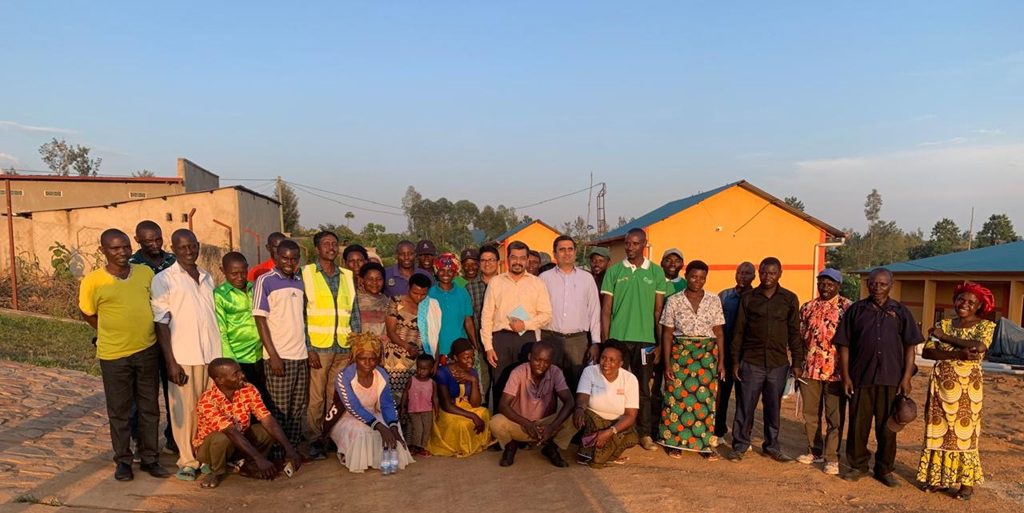
My visits to Rwanda, representing Sankala Foundation, have expanded my perspectives and enhanced my understanding of India’s emerging leadership role within the Global South. These experiences have highlighted the significance of collaborative efforts and the potential for impactful regional partnerships. During the visits, I observed firsthand how India is emerging as a leader in Africa, fostering collaboration and development among growing economies, such as Rwanda.
In Rwanda, almost 90% of the population depends on agriculture for their everyday livelihoods. Yet, surprisingly, this vital sector accounts for less than 40% of the country’s GDP. It serves as a powerful reminder of the immense potential that resides within our nation’s agricultural sector. The country faces challenges such as low productivity, limited infrastructure, and fluctuating prices for major exports like coffee and tea. Recognising the need to address these challenges, the Government has developed Vision 2050 for transforming Rwanda into a high-income country with a high quality of life for all citizens.
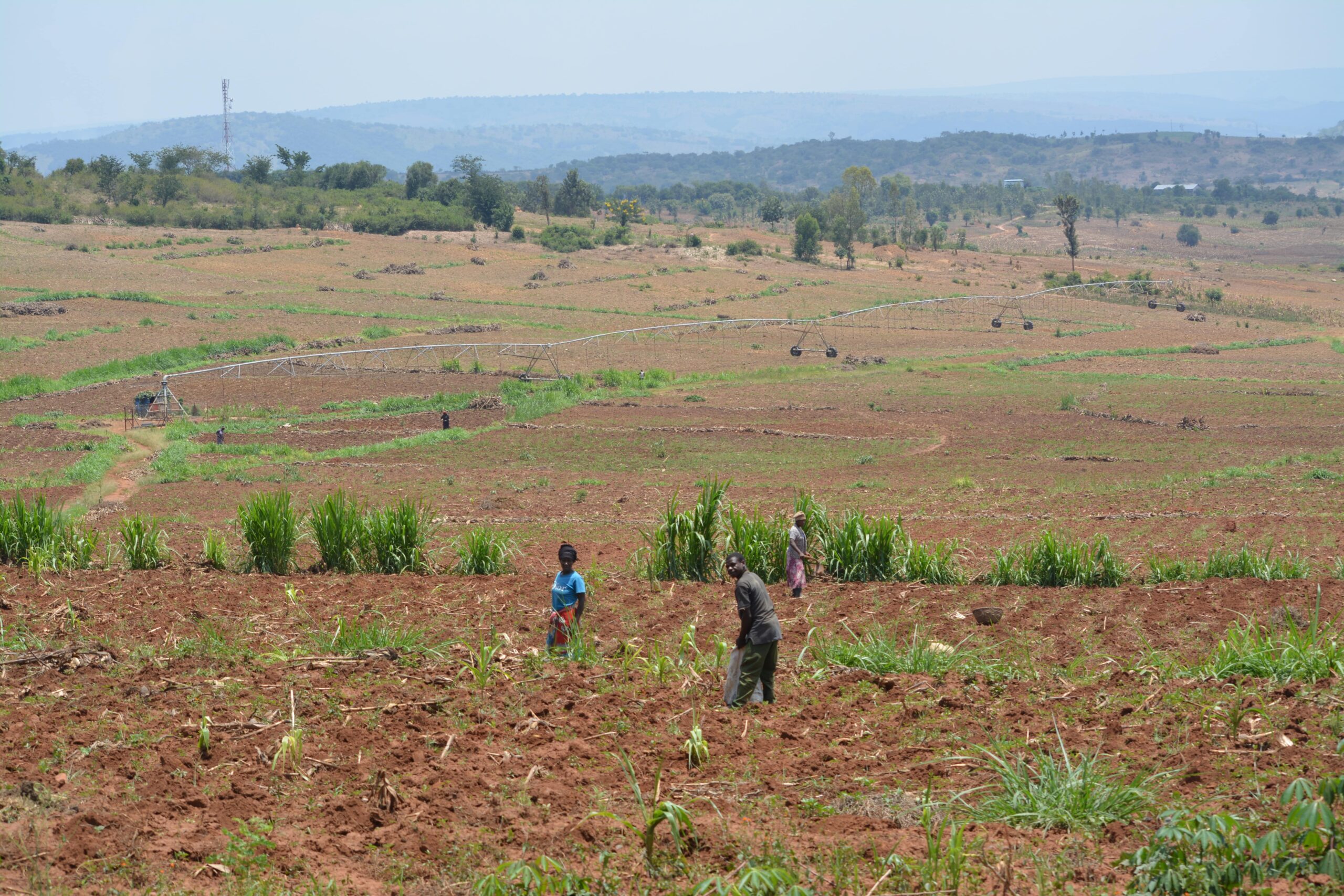
Rwanda recognises that developing modern irrigation infrastructure to enhance agricultural productivity is essential for achieving Vision 2050. The country is implementing strategies to improve food production and cash crops while increasing investment in supportive infrastructure. Importantly, irrigation has been identified as a vital strategic initiative that plays a critical role in agricultural productivity and water management. The Vision 2050 envisions a modern, market-oriented, and climate-resilient agricultural sector with increased productivity and a shift to higher-value crops. A primary goal is to expand irrigated land to 600,000 hectares by 2050, achieving a 100% irrigation rate.
It is remarkable to see how India is shaping Rwanda’s agricultural transformation through various initiatives to enhance agricultural productivity and sustainability. The collaboration between India’s Water and Power Consultancy Services (WAPCOS) Limited and the Rwanda Agriculture and Animal Resources Development Board (RAB) focuses on building irrigation systems through the sustainable use of water resources in the Mahama and Mpanga sectors of the Kerehi district.
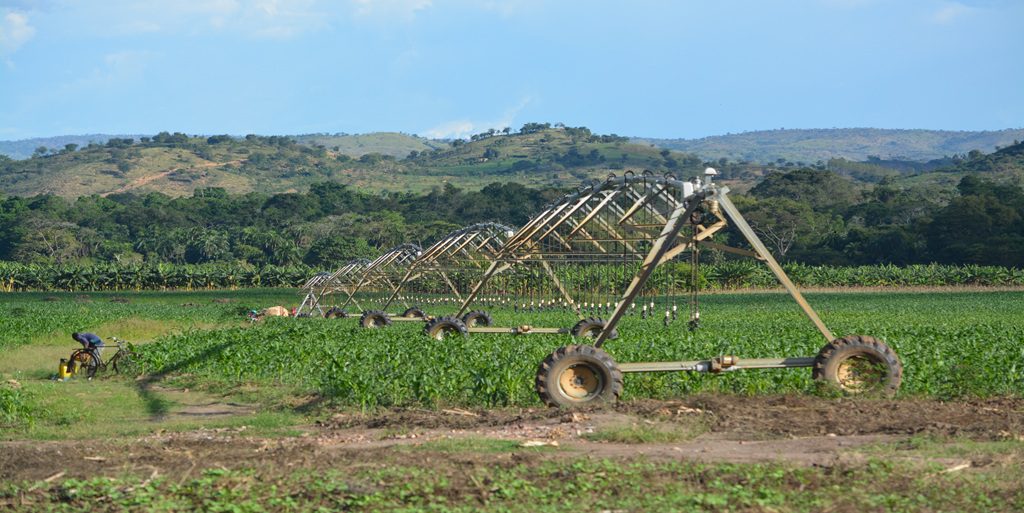
The Mpanga project covers an area of approximately 659 hectares and serves around 800 households, primarily engaged in farming as their primary source of livelihood. These farmers have been trained in irrigation and watershed management to manage water resources and improve agricultural productivity effectively. The irrigation system’s water is sourced from the Akagera River and pumped to provide the necessary irrigation for agricultural use. This setup efficiently distributes water through centre pivots, piped flow, sprinklers, and a traveller gun, enhancing crop growth and optimising farming practices throughout the year. This consistent water availability has also encouraged crop diversification.
Farmers who traditionally concentrated on cultivating sorghum and maize are increasingly diversifying their operations by incorporating high-value crops. These crops include tomatoes, chillies, capsicum, eggplants, and beans, which can offer greater economic returns and enhance the sustainability of their agricultural practices. These crops fetch better market prices and contribute to better nutrition and food security at the household level. This shift suggests that agricultural activities are evolving from being solely focused on subsistence to becoming more commercial and profitable ventures.
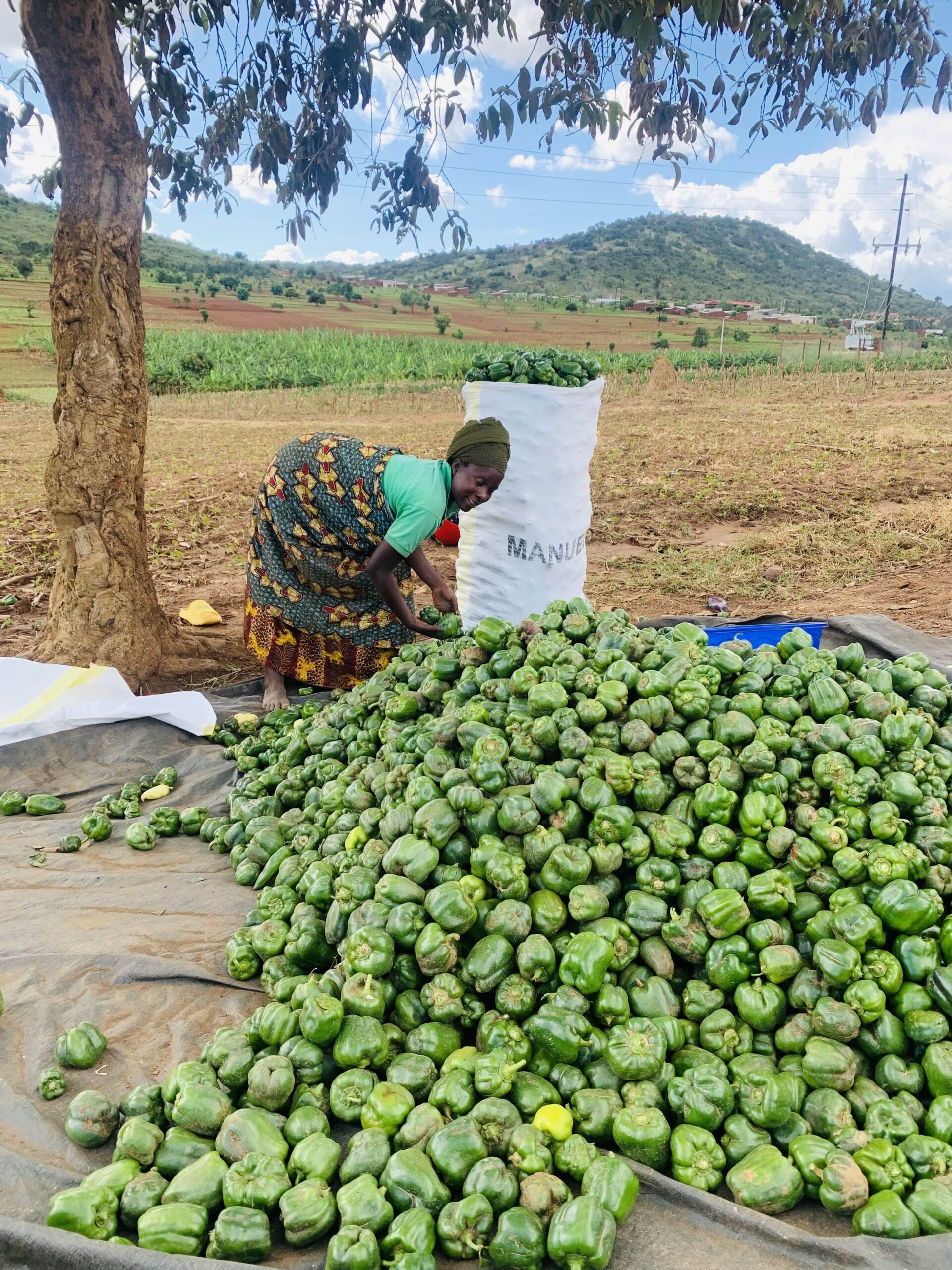
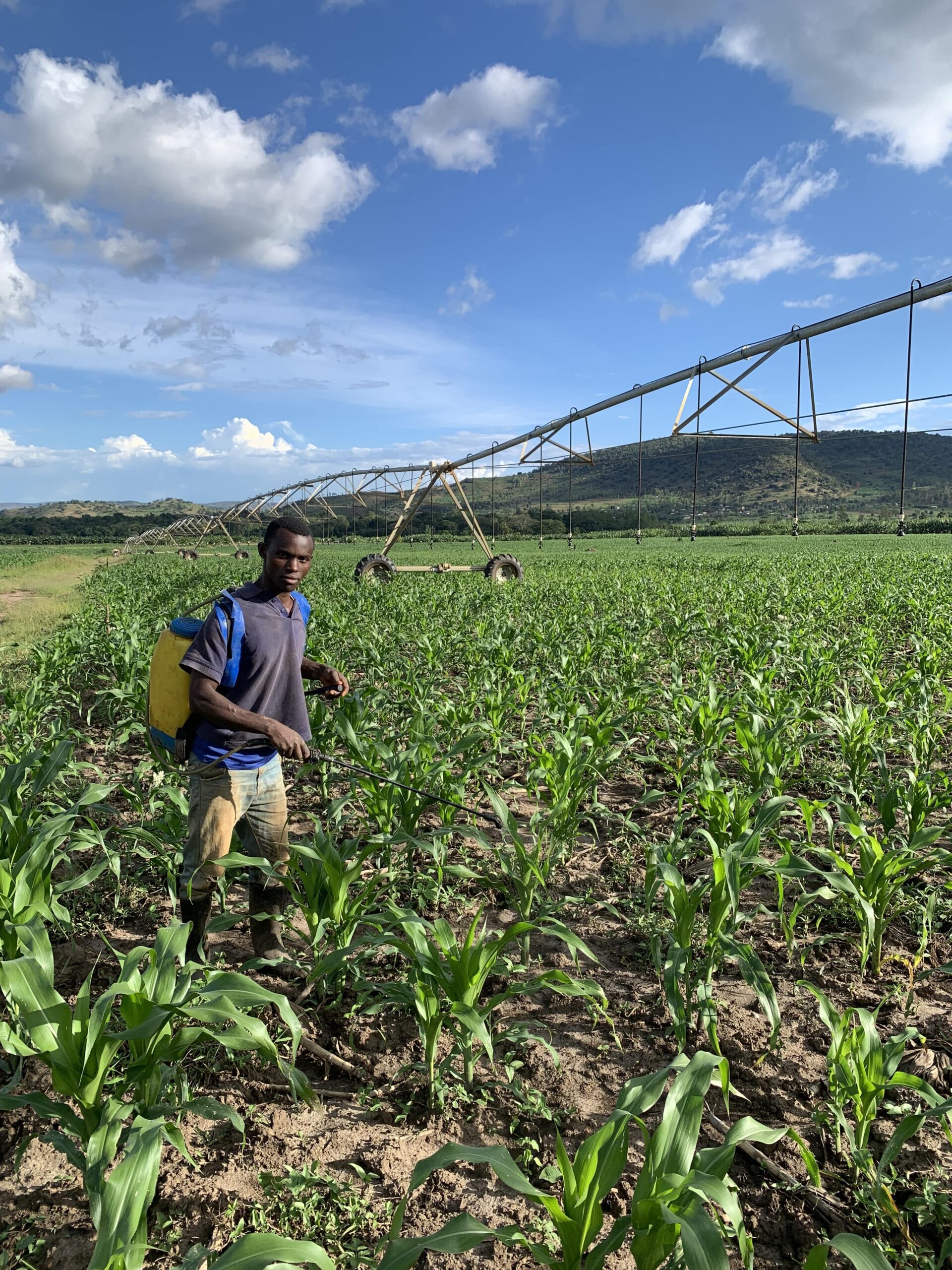
One exciting way the project is enhancing livelihoods is by introducing year-round irrigation. This innovation boosts agricultural productivity and empowers farmers to cultivate crops consistently, ensuring a steady food supply and income throughout the year.
Sankala Foundation works with all stakeholders to explore the project’s impacts by recognising agriculture as a critical engine for economic growth and rural transformation. Effective irrigation practices have optimised crop yields, conserved soil moisture, and enhanced overall farm efficiency, ultimately contributing to food security and economic stability in both local and global contexts. Furthermore, advancements in irrigation technology, such as drip and sprinkler systems, have revolutionised water resource utilisation, leading to more precise applications and reduced water wastage.
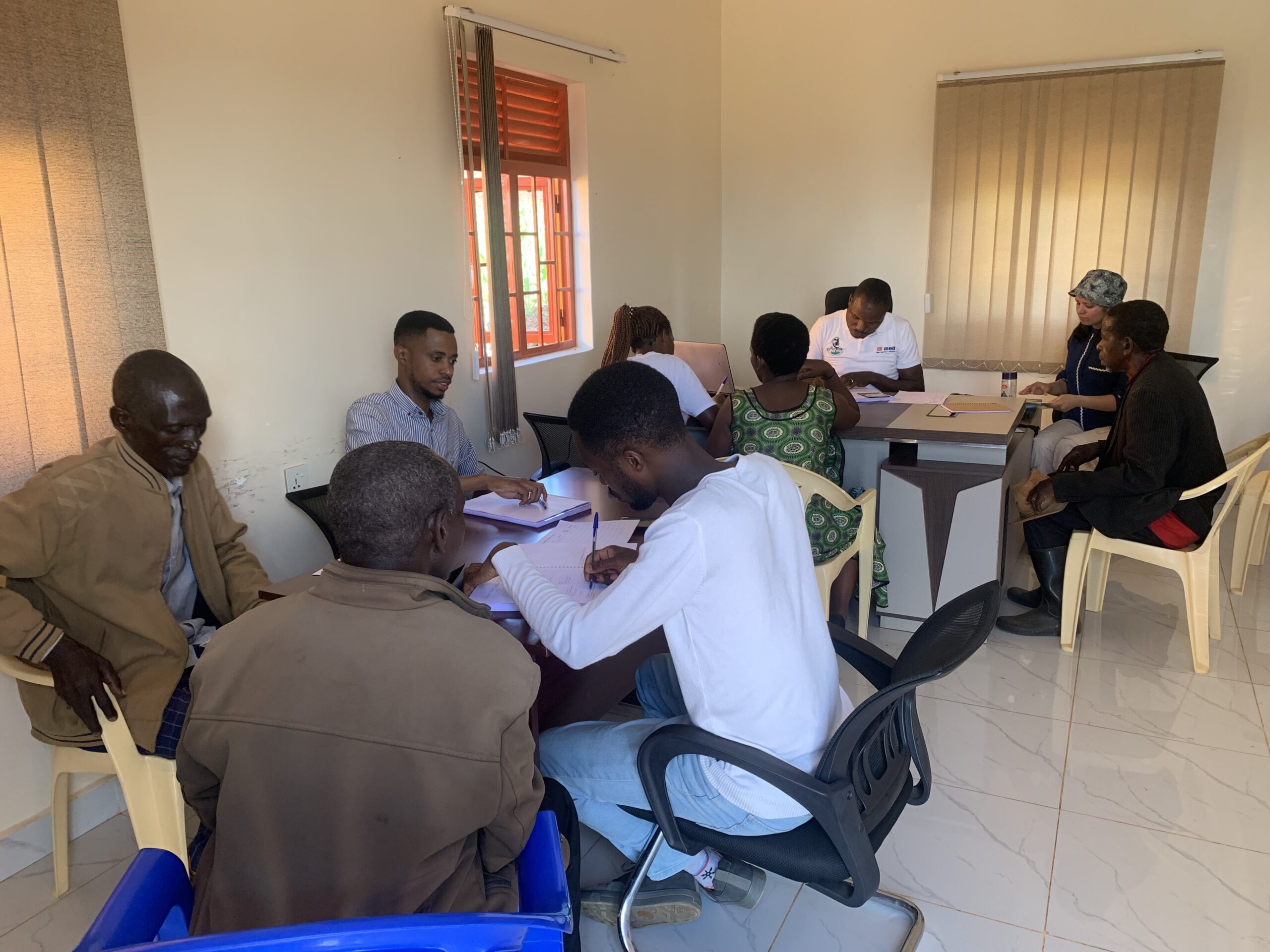
The Detailed Project Report (DPR) of the Mapanga project estimates that, based on the post-project cropping pattern and the average yield, the total production of the various crops will be 38,607 Metric Tonnes, valued at 24.43 million USD annually. The annual expenditures for growing the crops have also been calculated as 5.81 million USD, and the yearly income will be 12.24 million USD. Two irrigation projects are under construction in the Mahama sector, covering 1,220 hectares (Lot 1) and 2,094 hectares (Lot 2). It is estimated that about 7,500 farmers will benefit from these projects.
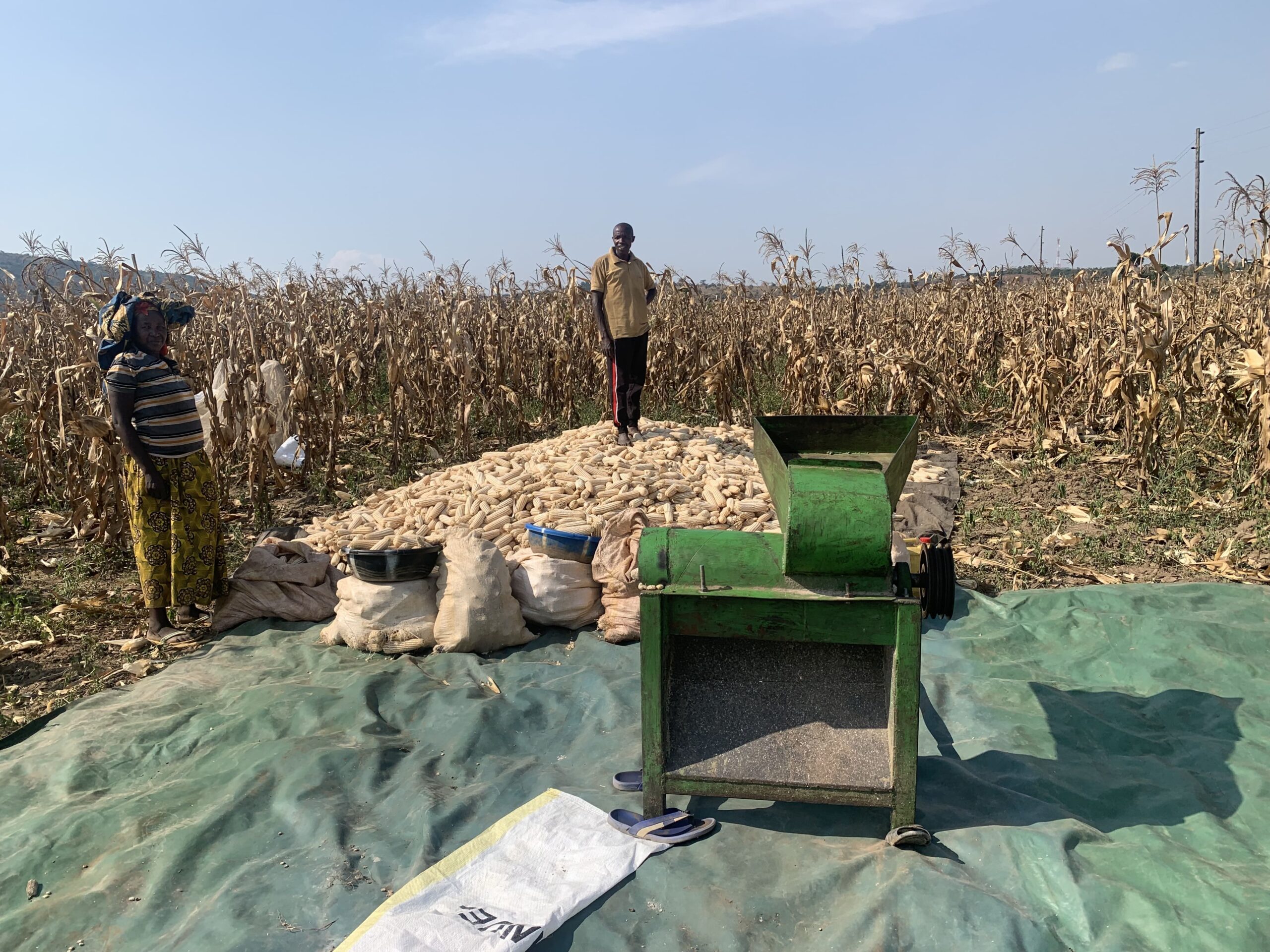
While engaging with various stakeholders, including the local communities in Rwanda, I witnessed how India shares its expertise, from building irrigation facilities to capacity-building initiatives, reinforcing its role in fostering a more interconnected Global South. These initiatives promote sustainable agricultural practices, drive economic growth, and elevate the standard of living for rural communities in the Kirehe district. As a result, local farmers gain access to new markets and resources, thereby driving rural development and creating a more resilient agricultural landscape in Rwanda.
These initiatives demonstrate India’s commitment to enhancing Rwanda’s agricultural sector through financial support from Exim Bank, knowledge transfer, and direct assistance to local communities. Rwandan youth are also brought to various Indian academic institutions for training, enabling them to play a significant role in Rwanda’s Vision 2050. Through this vision, Rwanda also aims to achieve upper-middle-income status by 2035, become one of the high-income countries, and improve living standards by the middle of the century. This multifaceted approach strengthens bilateral relations, supports Rwanda’s overall agrarian transformation, and showcases how India can contribute to its commitment to the Global South.
Author
-

Dr Pramod leads the team that conducts research and advocacy on sustainable livelihoods, wildlife management, biodiversity conservation, and socio-ecological systems. His work also focuses on strengthening the conservation agenda for seven big cat species (e.g., Cheetah, Jaguar, Leopard, Lion, Puma, Snow Leopard, and Tiger) across their 96 range countries. With a PhD from Clemson University, South Carolina, USA, Pramod applies his expertise in conservation social science theories, methods, and analyses to policy, governance, and sustainability research.
View all posts
With over a decade of experience, Pramod has explored various facets of environmental research, including community resilience, sustainable livelihoods, illegal wildlife trade, human-wildlife interactions, environmental impact assessment, conservation governance, political ecology, and natural resources management. Outside of work, he enjoys playing tennis and gardening in his free time.





